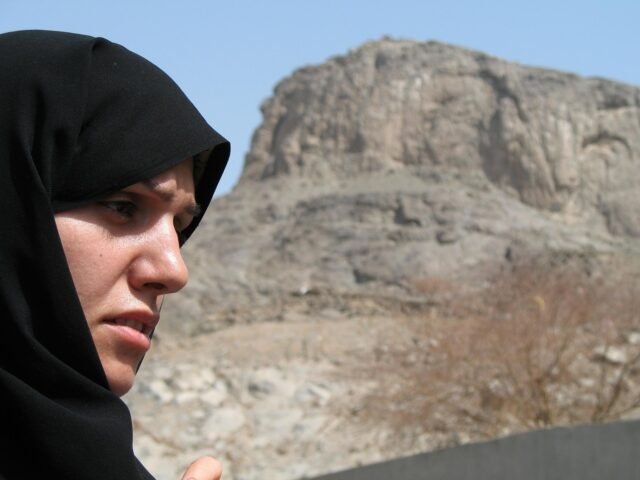Afghanistan’s history with women’s rights is a tale of peaks and valleys—glimmers of hope punctuated by deep repression. Over the last century, Afghan women have transitioned from royal court education to public flogging under Taliban rule. This post traces the complex evolution of women’s rights in Afghanistan—how they were once progressing, then nearly erased, and how women continue to resist against all odds.
🔵 1. Early 20th Century: Royal Reform & Modernization
During King Amanullah Khan’s reign in the 1920s, Afghanistan saw its first wave of modernization. Inspired by Turkish and European models, the king abolished the veil, encouraged co-education, and gave women a platform in public life. His wife, Queen Soraya, was a symbol of progressive femininity—unveiled, educated, and politically active.
🗣️ “We will not be free until our women are free.” — Queen Soraya Tarzi
However, conservative backlash led to his fall, and these reforms were reversed almost immediately.
🔵 2. 1960s–70s: The Constitutional Monarchy and Gains in Education
Under the 1964 Constitution, Afghan women gained the right to vote, access to education, and employment in civil services. Kabul, in the 1970s, resembled a liberal urban city. Women were seen in universities, miniskirts, and medical professions.
🔵 3. 1978–1992: Communist Era & Civil War
With the Saur Revolution, the pro-Soviet regime enforced gender equality policies aggressively. Female literacy campaigns were launched, and women were even recruited into the military. However, these reforms were seen as foreign impositions and provoked strong resistance from rural and tribal communities.
The civil war that followed tore apart the country, and women’s rights were collateral damage.
🔵 4. 1996–2001: The Taliban’s First Rule – The Darkest Era
The Taliban’s first regime marked the harshest period for women in Afghan history. Girls’ schools were closed. Women were banned from working, appearing in public without a male guardian, or even laughing loudly. Violations were met with whippings, executions, or stoning.
🔒 “They turned our world to black. Even our dreams were no longer ours.” – Anonymous Afghan woman, 1999
🔵 5. 2001–2021: Post-Taliban Reforms and a New Hope
After the U.S.-led invasion, a new democratic constitution in 2004 granted equal rights to women. Millions of girls returned to school. Women served as MPs, journalists, entrepreneurs, and even pilots. Afghanistan had more than 68 female MPs by 2018.
However, reforms were urban-centric and fragile. Rural Afghanistan still faced Taliban influence, early marriages, and conservative control.
🔵 6. 2021 Onward: Taliban Return & Rights Crushed Again
In August 2021, the Taliban regained control. Within weeks, women were banned from secondary schools and universities, removed from most jobs, and erased from public life again. The Ministry of Women’s Affairs was replaced by the Ministry for the Promotion of Virtue and Prevention of Vice.
Still, women protested. From Kabul to Herat, brave young women held signs, knowing they could be jailed or killed. Their resistance continues—online, underground, and in exile.
🟣 Conclusion:
The history of women’s rights in Afghanistan is a pendulum of progress and regression. But through it all, Afghan women have shown unimaginable resilience. The world must not forget their struggle. The path forward lies not in saving them but in standing with them as they reclaim their voice and rights.
💬 Have thoughts or stories to share about Afghan women’s rights? Leave a comment below or connect with us.






